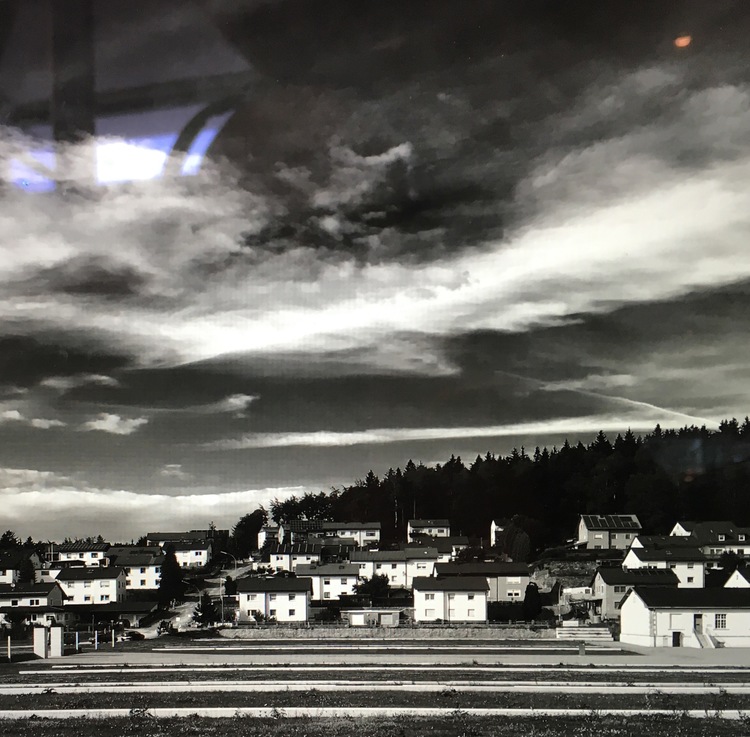I stood at Flossenburg recording the silence at the grounds of the former concentration camp. After I was done, in the distance, I heard the sound of children playing. I didn’t make much of it, until I realised that many post-war houses here are built on the former camp grounds. Families. Life proceeding. The camp is of course monument, remembrance, as it should be. But those houses are a powerful statement: here is life, and it chooses to go on. The simple act of living being perhaps another kind of ‘acte de défi’ in opposition to this camp’s purpose: to destroy life.
But indeed, on to lighter thoughts.
Per your advice I started reading “Tokyo Year Zero” by David Peace, and – the heavy topic aside – I’m very much taken by his style. He captures the intricacies of Japanese culture that I’ve encountered many times on my travels to Japan. His novel also made me think of Watabe Yukichi’s wonderful book “A criminal investigation”, which also explores post-war Tokyo, but through images.
And of course, my mind now makes connections between the two. How can I not see Yukichi’s investigator as Peace’s detective Minami. Both about a criminal investigation in post war times. Both are crucial to better understanding a reality. Both driven by a relentless inner voice.
Understanding rooted in experience can’t be replicated. Oddly, in the times I’ve tried virtual reality, I’ve experienced a sense of claustrophobia, but I don’t know whether that’s because I’ve become part of the story, or whether it’s the simulation I’m fleeing. How it feels to find oneself running as a refugee. How it feels to be led into a concentration camp. How it feels to walk through the ruins of a firebombed city.
/// #image_by_image is an ongoing conversation between photographers Ivan Sigal and Anton Kusters.@ivansigal and @antonkusters on Instagram ///
